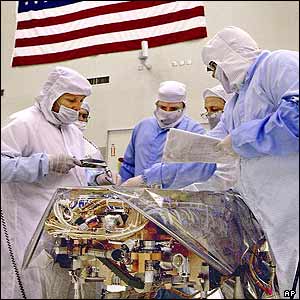Aksrockets
Now with 8% more aluminum
- Joined
- Apr 1, 2011
- Messages
- 3,505
- Reaction score
- 14
I think a well designed O motor in a "traditional rocket" (no boosted darts or two stages) is capable of 100-150K. That being said I've rarely seen high performance rockets in that size. The mentality seems for those big EX minimum diameters that if you want to go higher, just use a bigger motor, which is a little disappointing. Design smarter, not bigger!
Alex
Alex






